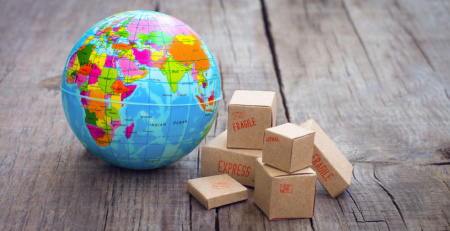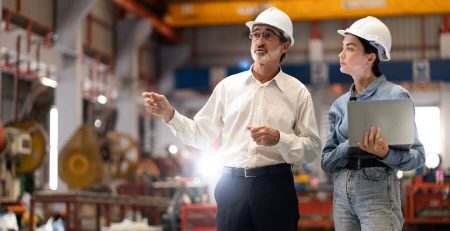What are the Different Types of Additive Manufacturing Processes?
A few years ago, metal parts manufacturing went from subtractive processes to additive ones. Moving on from creating moulds, cutting and drilling, we are now adding materials to create final products. That reduces the waste, making it a much more environmentally friendly process, but it also helps to reduce time and save on cost. Below you will find the different types of additive manufacturing processes, available today.
Finding the Right Machine for Your Company
In this overview, we will provide readers with the main qualities that the various processes will provide manufacturers. It is up to each manager to find the one that will fit best, according to their need. However, we suggest that you call upon a 3D printing machine manufacturer to get help, in order to make the right choice.
POWDER BED FUSION (PBF)
This process uses a large quantity of powdered material, spread out on a sheet. It can be made of metal, ceramic, plastic and sand. It is one of the best methods to create strong objects that are complex in shape. This is a great option, especially for large manufacturing plants, since PBF additive manufacturing works best in open areas. It is one of the two most recommended solutions, in general.
DIRECTED ENERGY DEPOSITION (DED)
If one of the goals of the company is to repair items, or to add parts to some that already exist, then DED additive manufacturing is definitely the right choice. Its other main quality is that it can use a variety of materials during one printing process. It can also create entirely new parts, if that is the goal. This is another process that tends to get a vote of confidence from every manufacturer that have tried it once before.
BINDER JETTING
This process has great qualities but also major faults. It can create objects rapidly and at a low cost. It can even do so, in full colour. However, these machines tend to be fragile and to break down easily. They also require post-processing, which evidently add to the costs.
MATERIAL EXTRUSION
Low cost is the main quality of this additive manufacturing process. Indeed, many companies choose it for that specific reason. But you simply cannot create metal objects with it, since the heating elements are not strong enough to melt that type of material.
SHEET LAMINATION
Here, we find the same qualities and faults as in the binder jetting process. The cost to produce objects with sheet lamination is low, but you will need post-processing. The other difficulty, in this case, is that you can only use material that comes in sheets (paper, plastic and metal).
VAT POLYMERIZATION
This is not the most utilized process. It can be expensive and will only use photo-resin materials. However, there is no doubt that it can create objects with a high level of complexity and that the finish is excellent.
MATERIAL JETTING
This is an excellent process, as it produces accurate objects and their surface is impeccable. However, you can only use materials similar to wax, which create soft and weak products only.






